Enabling the Virtual Machine Platform on your Windows 11 PC allows you to run multiple operating systems and is essential for features like the Windows Subsystem for Linux (WSL2) and Android emulation. This guide will walk you through the steps to enable virtualization in your system's BIOS settings and subsequently activate the Virtual Machine Platform through the Control Panel.
Note: If your PC came with Windows 11 pre-installed, virtualization is likely already enabled. However, if you upgraded from Windows 10 to Windows 11, you'll need to ensure virtualization is activated.
Enable Virtualization in BIOS
Before you can enable the Virtual Machine Platform feature, virtualization must be enabled in your computer's BIOS settings. The easiest way to access the BIOS is through the Settings app in Windows.
Step 1: Open the Settings app by clicking on the 'Settings' icon in the Start Menu.

Step 2: In the Settings window, select the 'System' tab from the left sidebar.

Step 3: Click on the 'Recovery' option on the right side of the window.
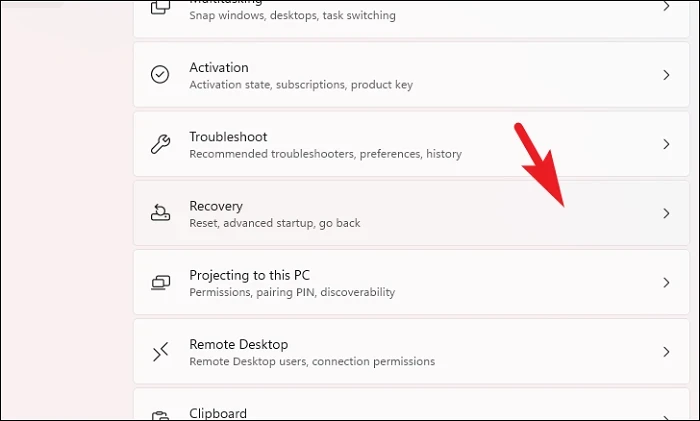
Step 4: Under 'Recovery options', click the 'Restart now' button next to 'Advanced startup'. A prompt will appear; confirm by clicking 'Restart now'.

Step 5: Once your PC restarts, you'll see a blue screen with options. Choose the 'Troubleshoot' tile.

Step 6: Select 'Advanced options' from the Troubleshoot menu.
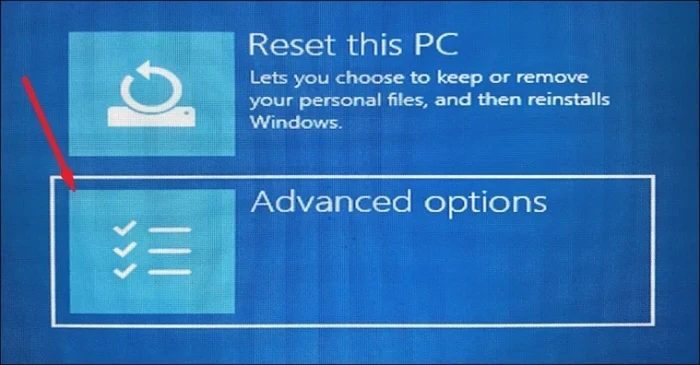
Step 7: Click on 'UEFI Firmware Settings' and then click 'Restart' to boot into the BIOS setup utility.
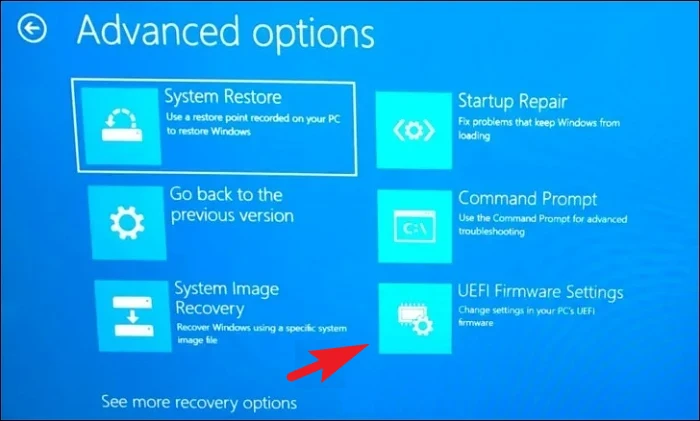
Step 8: In the BIOS menu, use the arrow keys to navigate to the 'BIOS Setup' or 'Configuration' tab, depending on your motherboard.
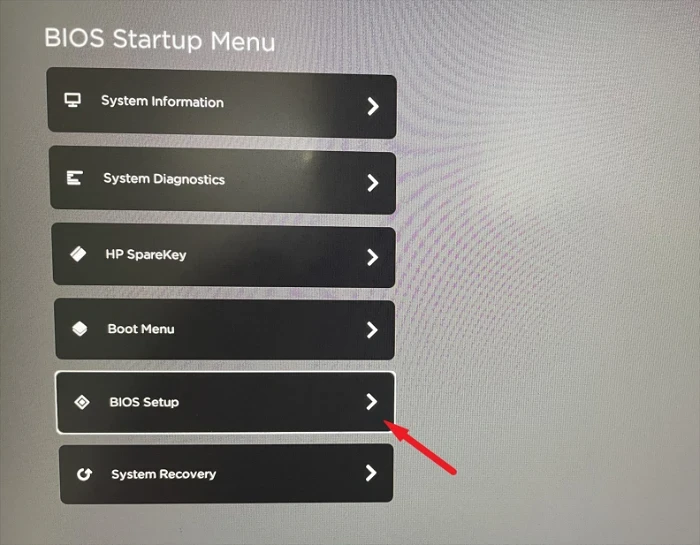
Step 9: Find the 'Virtualization Technology' option and enable it by selecting it and pressing Enter or by checking the box next to it.

Step 10: Save your changes by pressing the F10 key or selecting the 'Save and Exit' option, then confirm if prompted. Your computer will restart with virtualization enabled.
Enable Virtual Machine Platform from Control Panel
With virtualization enabled in the BIOS, you can now activate the Virtual Machine Platform feature in Windows 11.
Step 1: Open the Control Panel by searching for Control in the Start Menu and clicking on the 'Control Panel' app.
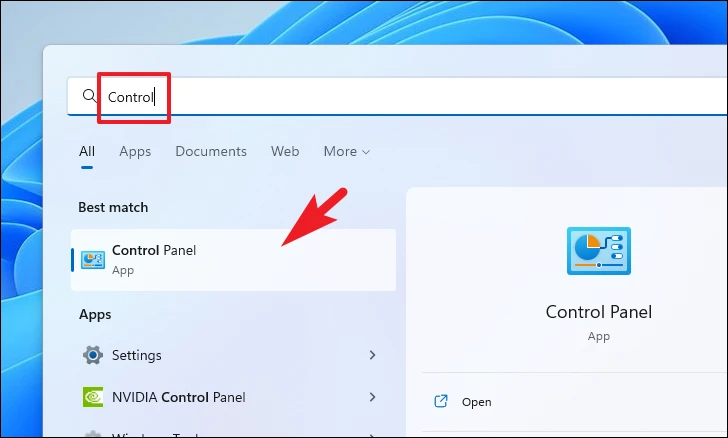
Step 2: In the Control Panel, click on 'Programs and Features'.

Step 3: On the left sidebar, select 'Turn Windows features on or off'. This will open a new window listing optional Windows features.
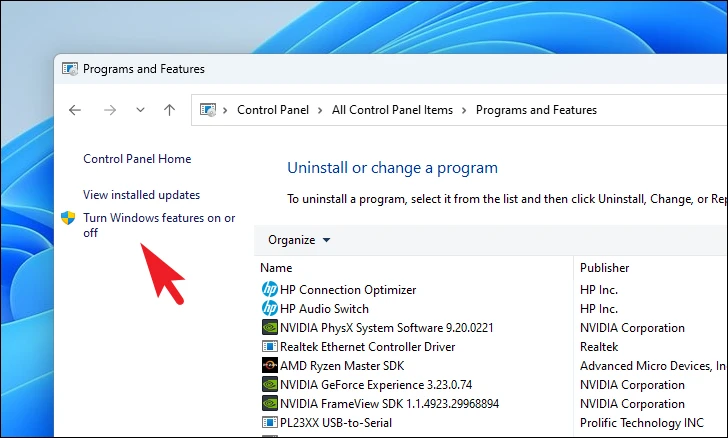
Step 4: Scroll through the list and check the box next to 'Virtual Machine Platform'.

Step 5: Ensure that the 'Hyper-V' option is also checked to enable virtualization features fully.
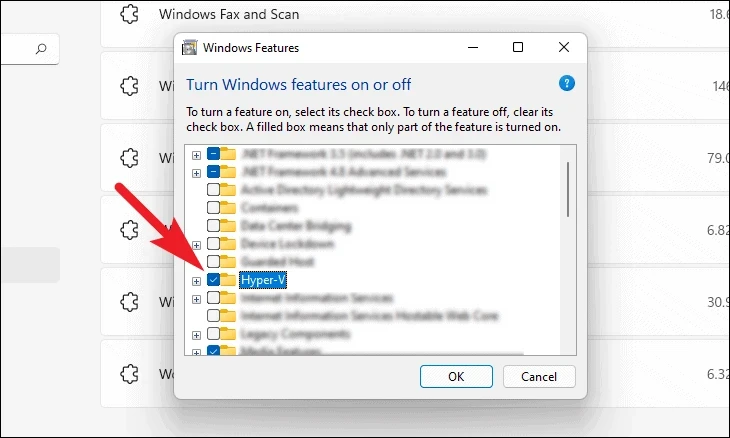
Step 6: Click 'OK' to apply the changes. Windows will search for the required files and apply the necessary changes.
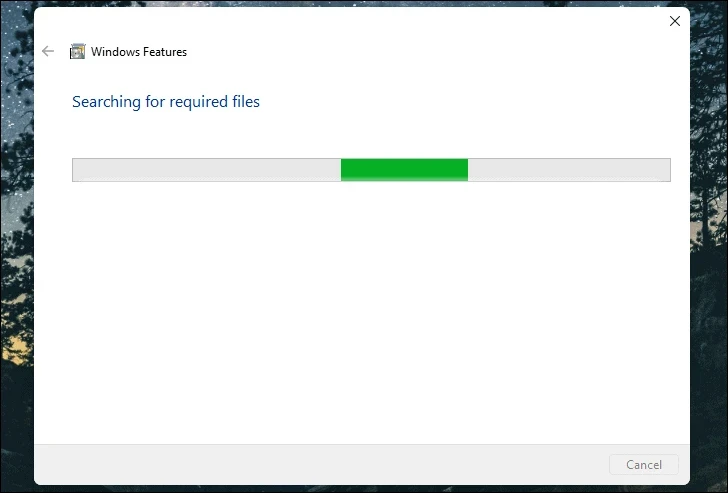
Step 7: After the process completes, you'll be prompted to restart your computer. Click on 'Restart now' to reboot and apply the changes.
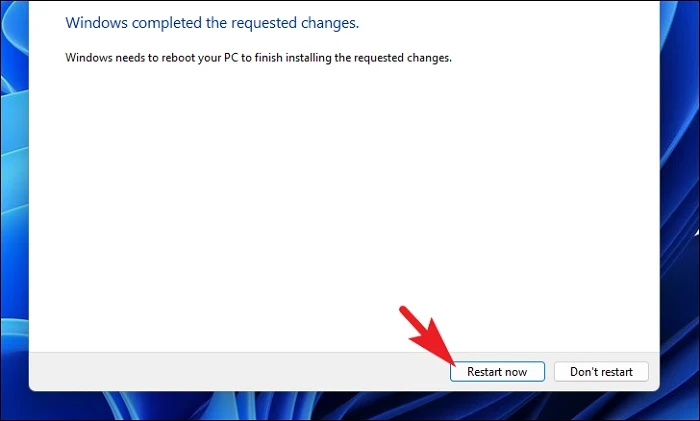
By following these steps, you've successfully enabled the Virtual Machine Platform on your Windows 11 PC, preparing your system to host other subsystems like WSL2 or Android emulators.


